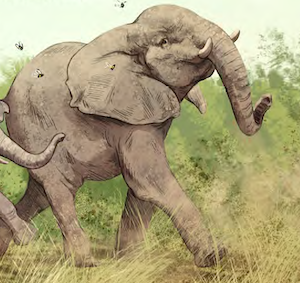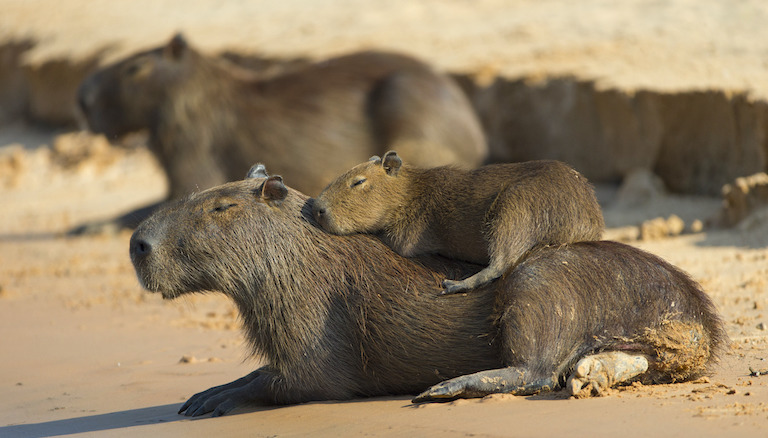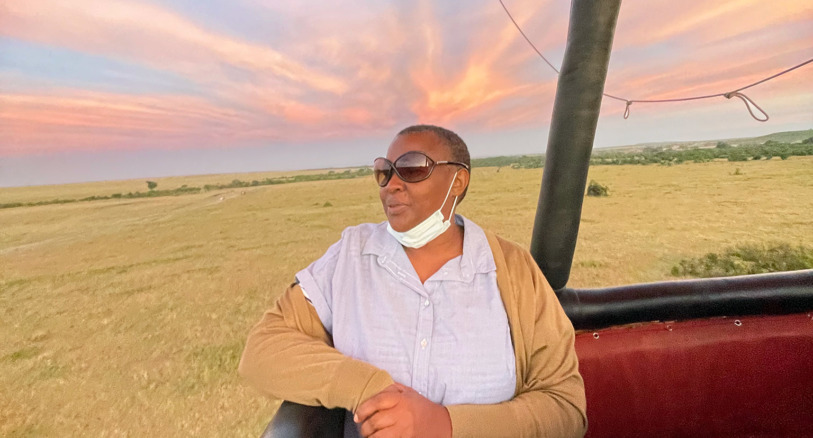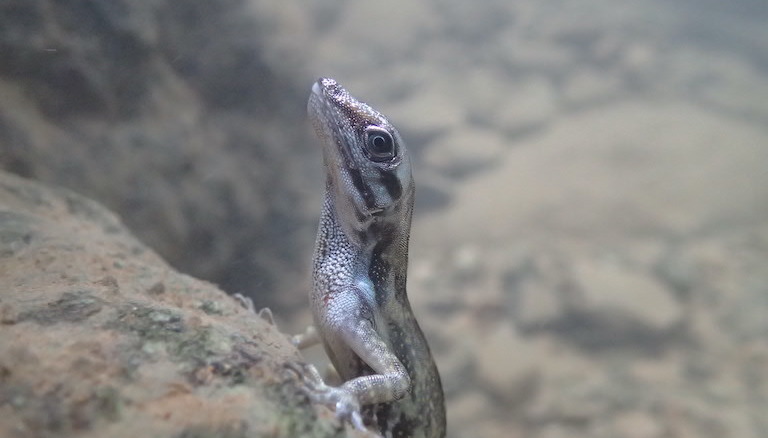Some poison dart frogs or butterflies are poisonous to animals that try to eat them. Did you know there are poisonous birds, too? They are called pitohuis, and they might be at risk from the pet trade.
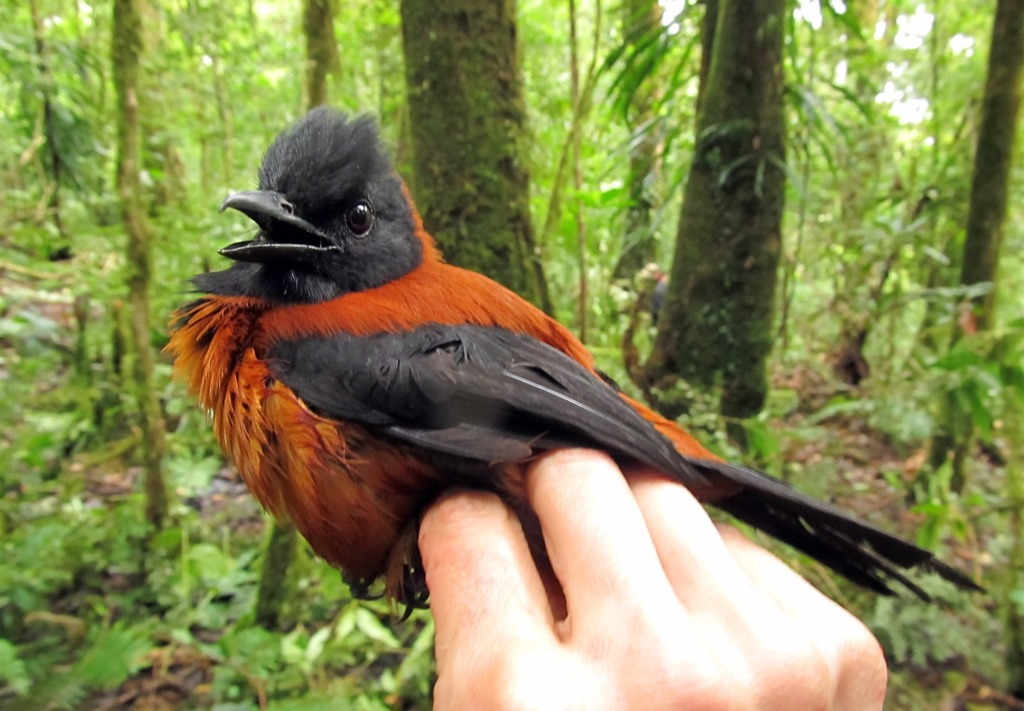
Pitohuis skin and feathers contain potent poisons called neurotoxins. These poisons help pitohuis fight off parasites such as lice, ticks, and fleas. The poisons also help stop predators, including humans. When humans handle these birds, the neurotoxins irritate the nasal passage and cause allergy-like symptoms.
Pitohuis live in the rainforests of New Guinea. These chatty songbirds are known for their loud, attractive songs. Scientists first described pitohuis in the 1990s. So far, there are six known pitohui species.

A new danger is emerging to pitohuis survival. In Southeast Asia there is a tradition of keeping songbirds in cages. This tradition is causing an unsustainable trade in wild-caught songbirds and an alarming decline of many species. Ecologists call this decline in songbird populations the Asian songbird crisis.
A 2024 study published in the journal Bird Conservation International by a team of international researchers found that poisonous pitohuis are now in the songbird trade in Indonesia. The western half of the island of New Guinea where pitohuis live is part of Indonesia.
The researchers found that between 1994 and 2014, no pitohuis were sold in Indonesian bird markets. In 2015, pitohuis were recorded in the songbird trade for the first time.

From 2015 to 2023, the researchers recorded 113 pitohuis for sale in 12 bird markets and 199 for sale online. Fifty-four of the birds were hooded pitohuis, the most poisonous of all pitohuis.
It is illegal to buy or sell pitohuis in Indonesia, but conservationists say the thriving trade needs closer monitoring and stricter enforcement of laws.
David Brown adapted this story for Mongabay Kids. It is based on an article by Spoorthy Raman, published on Mongabay News:

